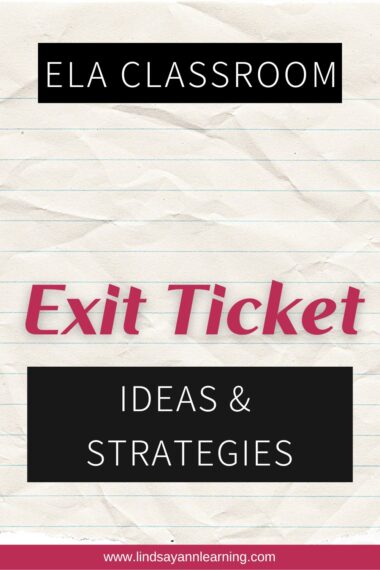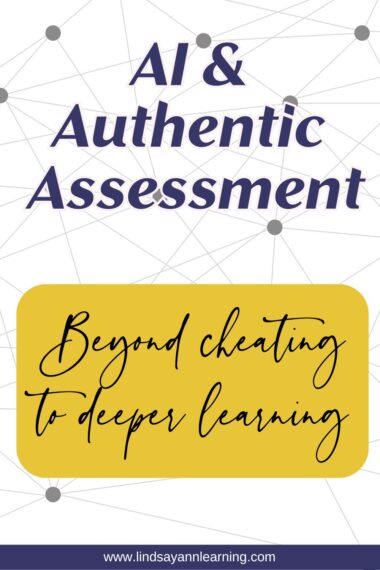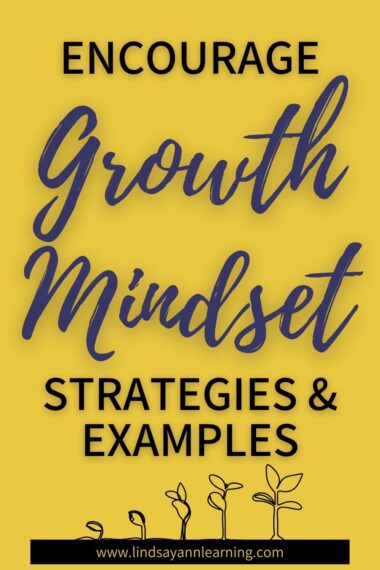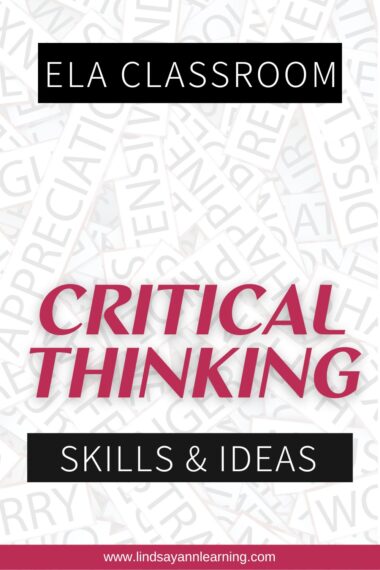
Recently, one of my colleagues interrupted a Principal evaluation survey I was taking to talk about language for student engagement in learning.
“I have an English nerd-type question,” she said.
Yes! Those are my favorite kinds of questions.
I was expecting a question about grammar. Maybe a question about a book she had read.
But she instead asked about an appropriate way to “name” or categorize author moves such as syntax and diction and figurative language for scaffolding purposes between grades.
Okay, I’ll admit that I was still nerdily excited.
From there, the conversation wandered as only good English conversations can (I’ll skip the specifics) and landed on the metaphor of a house to help her understand the difference between “elements” and “style.”

When reading a piece of fiction, elements such as mood and tone are the walls, theme is the roof, and critical lenses are the door, we decided. Rhetorical appeals and devices, sentence structures, dialogue, etc. are stylistic touches to the dwelling. We also discussed different kinds of dwellings for fiction vs. nonfiction (nonfiction is more of a hipster apartment in the city), and the conversation ended with her feverishly typing into a Google Doc, planning to make a poster and align department rubric language.
Cool! So….what?!? How does this translate into the classroom for student engagement in learning?
Engage Students with Content Knowledge
I, unlike my friend, was not left with the urge to create posters after our English nerd sesh.
I was thinking about language and style and how I don’t want students to go through the motions in my classes. I am in the middle of a rhetorical analysis unit, and I am teaching my standard-level students rhetorical devices such as polysyndeton and anadiplosis. Some teachers don’t think this terminology is important, yet it represents important leveling-up of complexity in textual analysis. It also allows student engagement in learning. Learners develop their argumentation and use of language as they begin to use these devices in their own writing.
A student commented, “I feel like I’m actually learning something” after being introduced to these tropes and schemes in class. Students were studying…they had something to study and learn how to apply… like in Spanish class or math class.
If we desire student engagement in learning, it’s important to teach the terminology that content experts use. Not because they’re going to become English teachers one day, but because language is important.
Student Engagement & Learning
A common complaint that I hear from students is that they haven’t “learned” anything “new” in English class since middle school. This complaint is especially loud around final exam time when student engagement in learning is low and grades are life. Every year, it’s the same thing, they say…read books, talk about books, do some grammar, write papers, participate in literature circles, rinse and repeat.
“It’s so hard to study for an English final,” they say. I can see where they’re coming from. Our exams are skill-based rather than content based, so it is hard for them to prepare aside from doing more practice with reading and editing and writing.
How can we help students to see that although the house has been built, each year of learning adds more “style” and complexity to the dwelling? They’ll put on the siding of rhetorical analysis, learn to decode increasingly complex texts, expand their vocabulary, work with their sentence structures to express complex ideas, all of this while maturing and growing their worldview and ability to recognize multiple perspectives, and engaging in respectful dialogue with each other.
The Student Engagement Debate
Adding to this, in my department, there is often the argument thrown out that we aren’t training students to become English professors…so why read Shakespeare, why learn the intricacies of grammar, why require students to learn Tier III words?
I’ve heard and appreciated that argument. I understand where it’s coming from.
Student engagement in learning is SO important, and we’re so eager to try the latest trends.
But wait a hot minute.
Slow down.
Let’s avoid reactive thinking.
Let’s seek balance in our classrooms.
As we plan fun activities for student engagement in learning, how about Shakespeare and The Hate U Give? How about grammar in-context or use of mentor sentences? How about communicating the importance of language and thinking through how we can best teach these domain-specific skills with opportunities for real-world application?
If we don’t teach students to appreciate the beauty of our content area and skills, we risk selling students a one-size-fits-all prefab house devoid of style.
It’s no wonder students are bored.
Strategies for Increasing Student Engagement
If you’re an English teacher reading this, I’d love for you to click on the link to download my free guide to 21st century learning. All of these strategies will help you to work smarter, not harder while increasing student voice and choice in the classroom!

















 Real-World Socratic Seminar Definition
Real-World Socratic Seminar Definition
[…] my jam. I'm always asking how an activity or lesson can have real-world application. If I can engage students, I feel on top of the world. I feel excited when I try new teaching strategies and share them […]